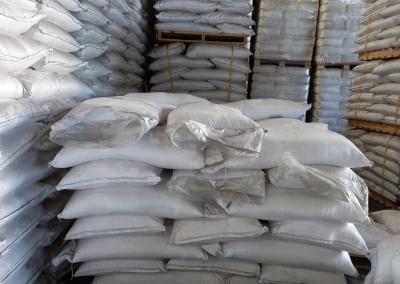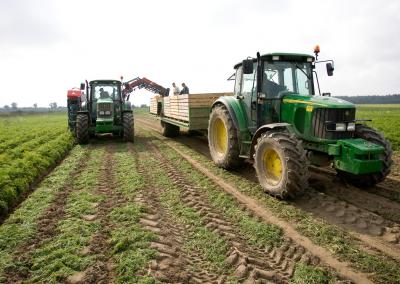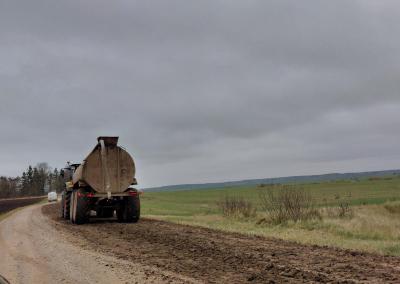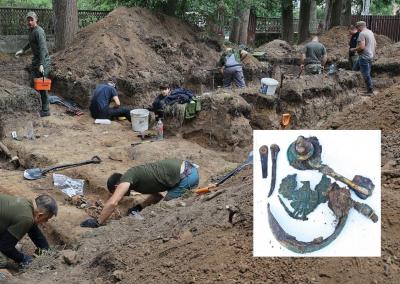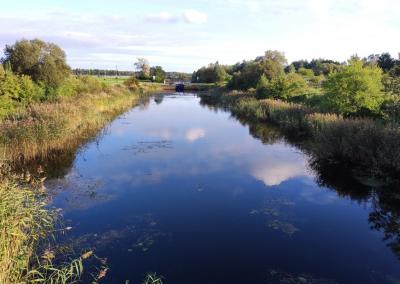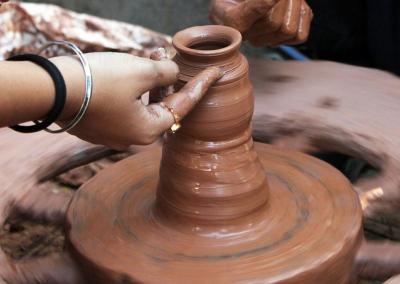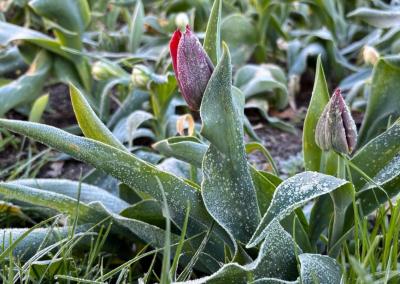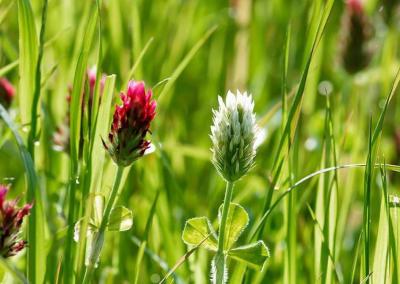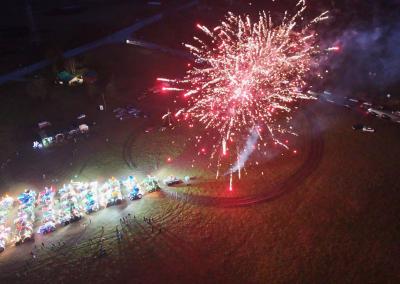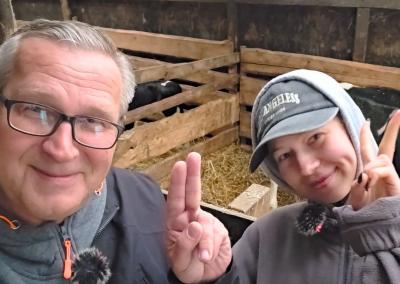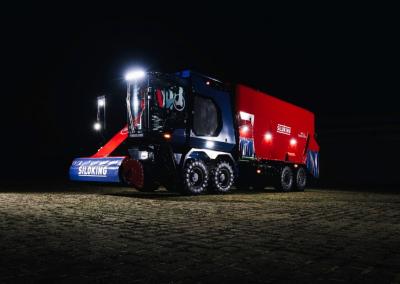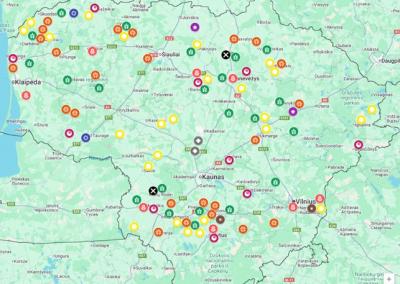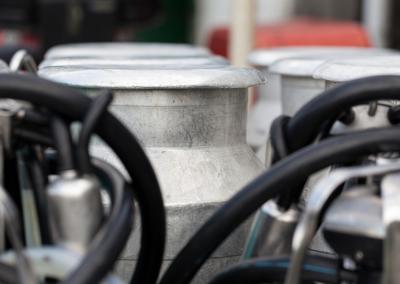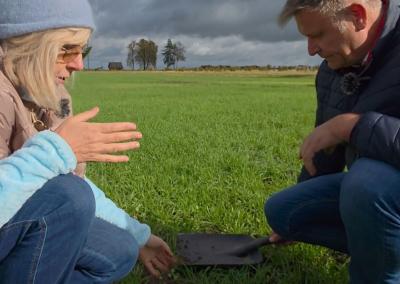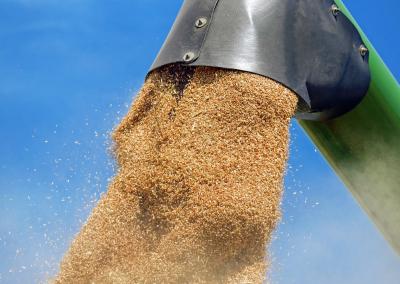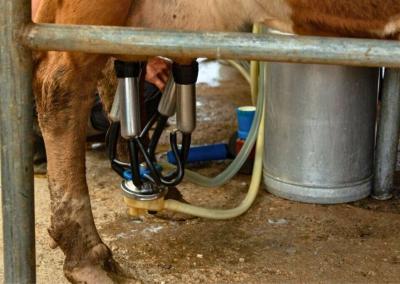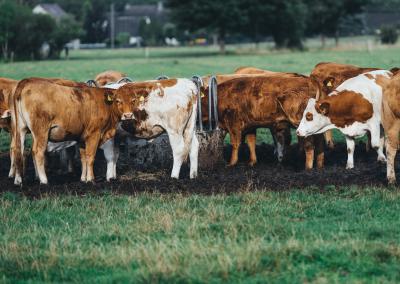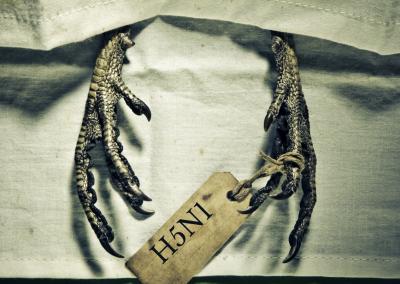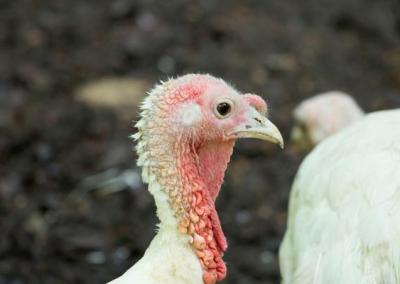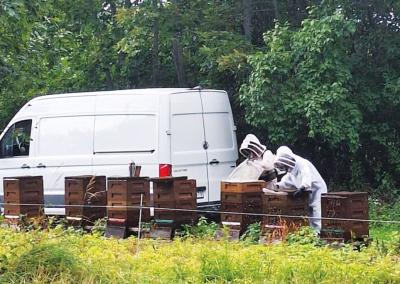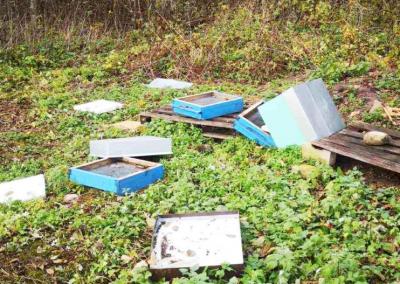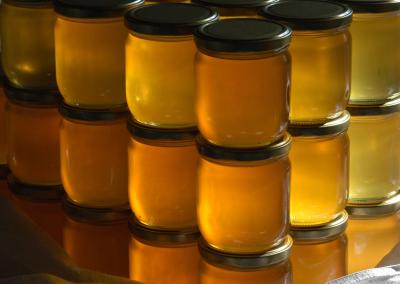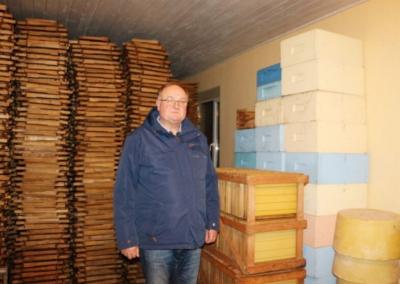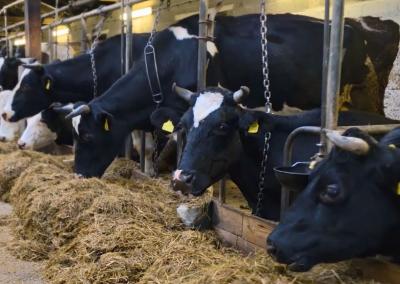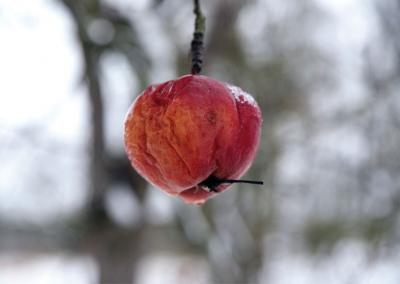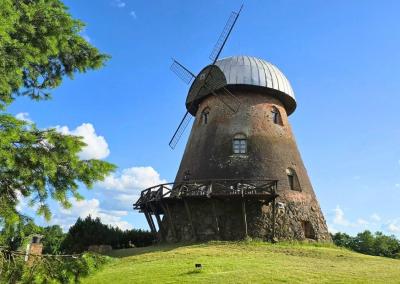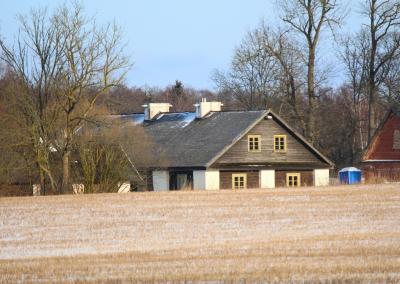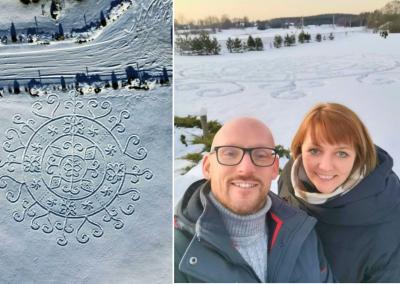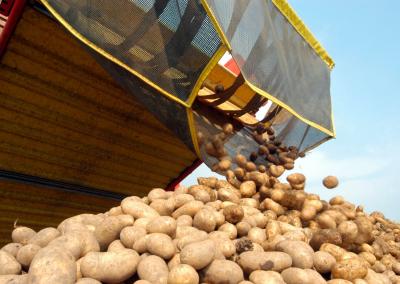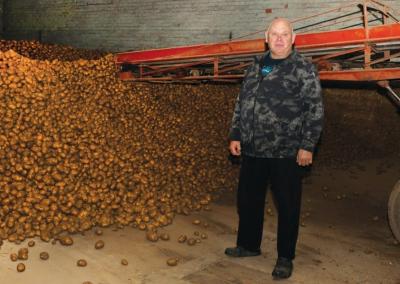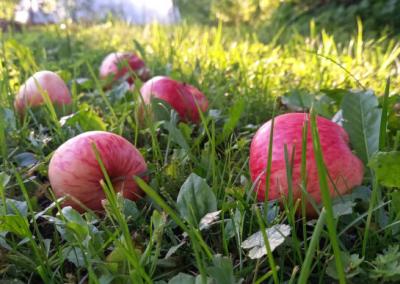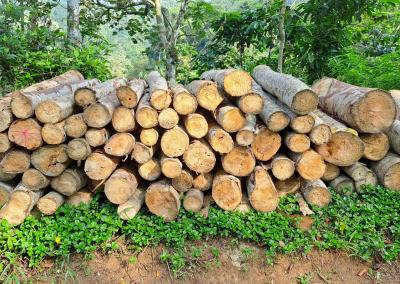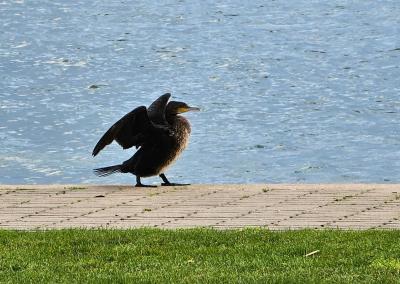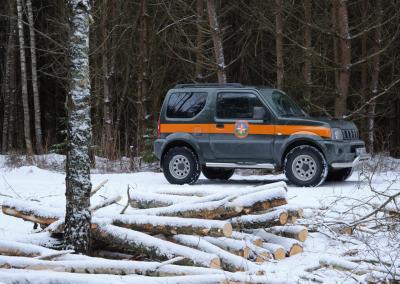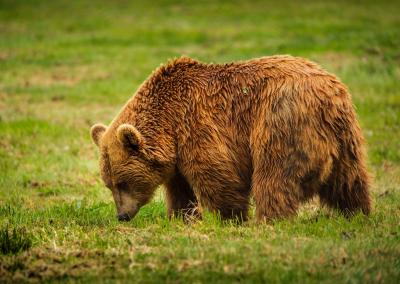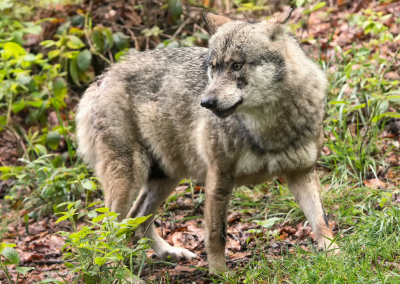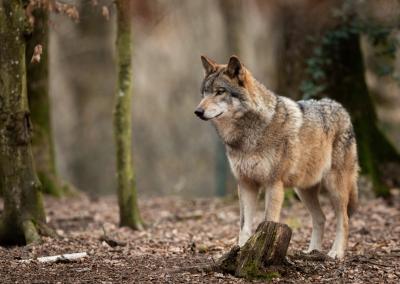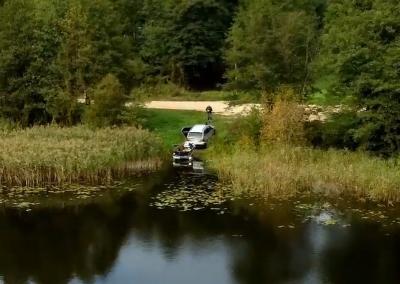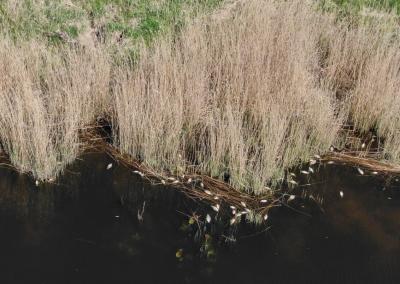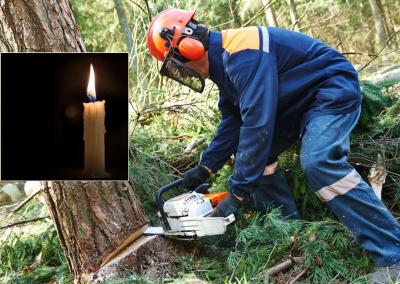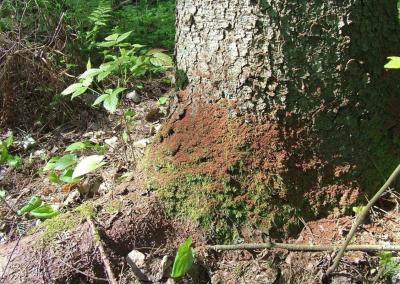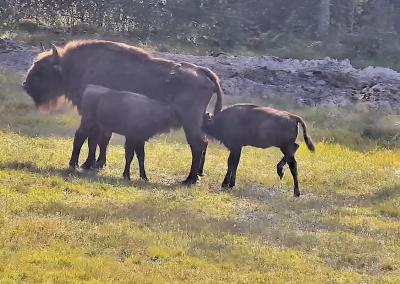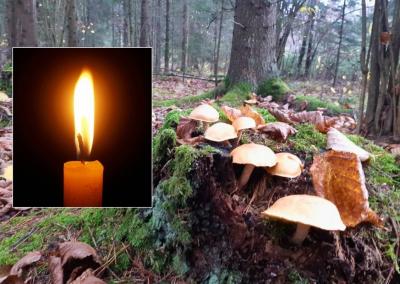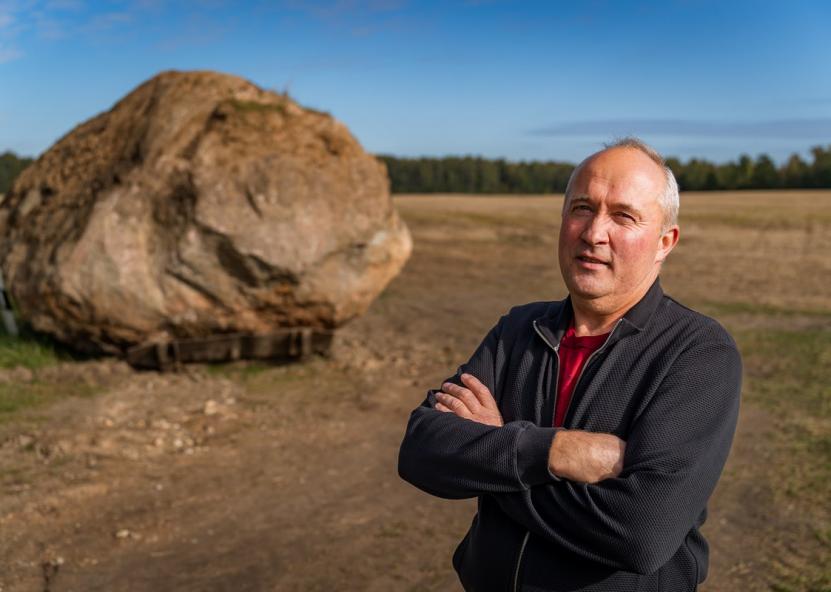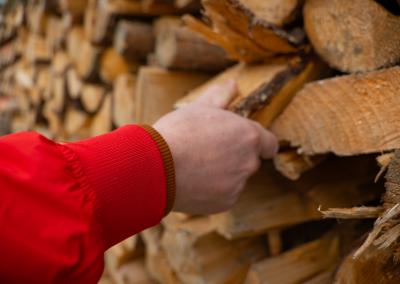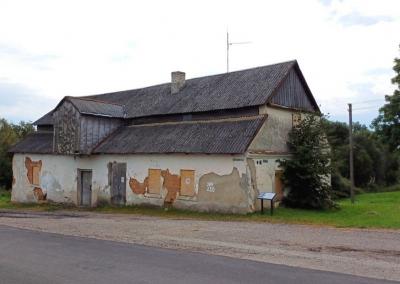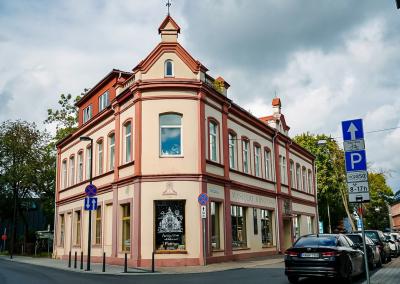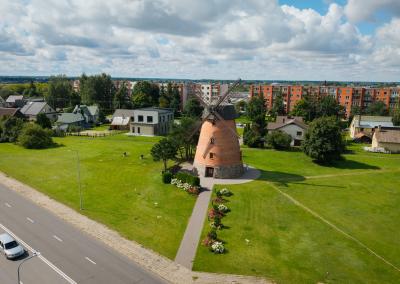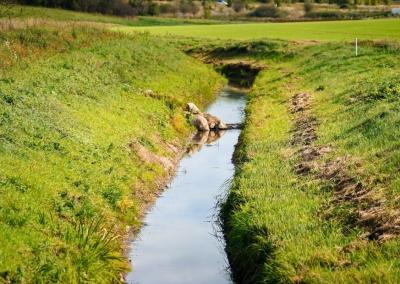Natural giant found in Panevėžys district - a stone that could become a heritage site
A farmer Valantas Gutauskas in the village of Daniūnai, Panevėžys district, has made a spectacular discovery in his fields, unearthing a giant stone that he says could weigh around 100 tonnes.
He has been farming the land for many years and grows cereals, peas, beans and oilseed rape. He says he has known about the stone for a long time – its top was visible on the surface and constantly interfered with his work.
„That stone was everywhere – ploughing, sowing, breaking machinery, having to turn wheels. For some 25 years, the stone was a nuisance. So I kept thinking that I should dig it up. It seemed that it was just going to be a bigger stone. When we started digging, deeper and deeper, we realised that there was a real giant. We felt like we had discovered Punch's cousin," the farmer said with a smile.
It took the help of neighbours to move this stone. „One tractor couldn't move it, so I called my colleagues – four tractors came, we dragged it until finally we managed to get it out. I calculated that it took about one and a half thousand horsepower. The work was not easy, but interesting – it is rare to have such a find in one's own field“, – recalled Gutauskas and said that it took a good half a day to work on the stone.
The Giant of Nature – as a village symbolThe farmer has not yet decided what to do with the raised stone. For now, it has been left in the same place – like a natural monument. But the farmer has already made up his mind who will get the stone.
„That stone got in the way everywhere – when ploughing, sowing, breaking machinery, having to go round in circles. For some 25 years, the stone has been an annoyance. So I kept thinking that I should dig it up. It seemed that it was just going to be a bigger stone. When we started digging, deeper and deeper, we realised that there was a real giant. We felt like we had discovered Punch's cousin," the farmer said with a smile.
„I don't have a specific plan. I don't intend to engrave or decorate it – let it be as it is. It is beautiful, it is powerful, it is a reminder of the strength of our land. As a neighbour helped to lift and drag the boulder from the field, he expressed his wish to take the boulder to his homestead in Kėdainiai district. I don't need the stone, so I'm giving it to him," he said, and it is clear that the stone will become a landmark in the Kėdainiai district.
Not the first in Panevėžys region
There is more than one such spectacular stone in the Panevėžys region that has left its mark on the history of the region. The Barklainiai Big Stone, located near Ramygala, is considered one of the largest in the region. It is a protected natural heritage site and is about 6 metres long, 2.7 metres high and weighs tens of tonnes.
Much larger stones can be found in various regions of Lithuania. The Barstyčiai stone in the Skuodas district is considered the largest in the country – it measures 13.35 × 7.53 × 3.6 m and weighs over 680 tonnes. The Puntukas in Anykščiai weighs about 265 tonnes and has long been a cultural symbol.
Lithuanian geologists point out that such boulders are relics of the Ice Age, brought tens of thousands of years ago from Scandinavia. Some of them, like the one found in Daniūnai, lie deep underground and can only be found in ploughs or during excavation.
Possible natural heritage site?
Specialists say that if the stone is indeed so massive, it could be listed as a potential natural heritage site. In such cases, a geological assessment must be carried out to determine the origin, volume and composition of the boulder.
„This find may be of both geological and cultural value. If it proves to be one of the largest boulders found in the Panevėžys region, it could add to the map of local natural heritage sites," geologists say.
In Panevėžys, more than one such impressive stone has left its mark on the history of the region. The Barklainiai Big Stone, located near Ramygala, is considered one of the largest in the region. It is a protected natural heritage site and is about 6 metres long, 2.7 metres high and weighs tens of tonnes.
The stone has so far been left in a farmer's field, but the people of Daniūnai hope that it will become the pride of the village – a piece of nature, a reminder of the power of the earth and the flow of history.

